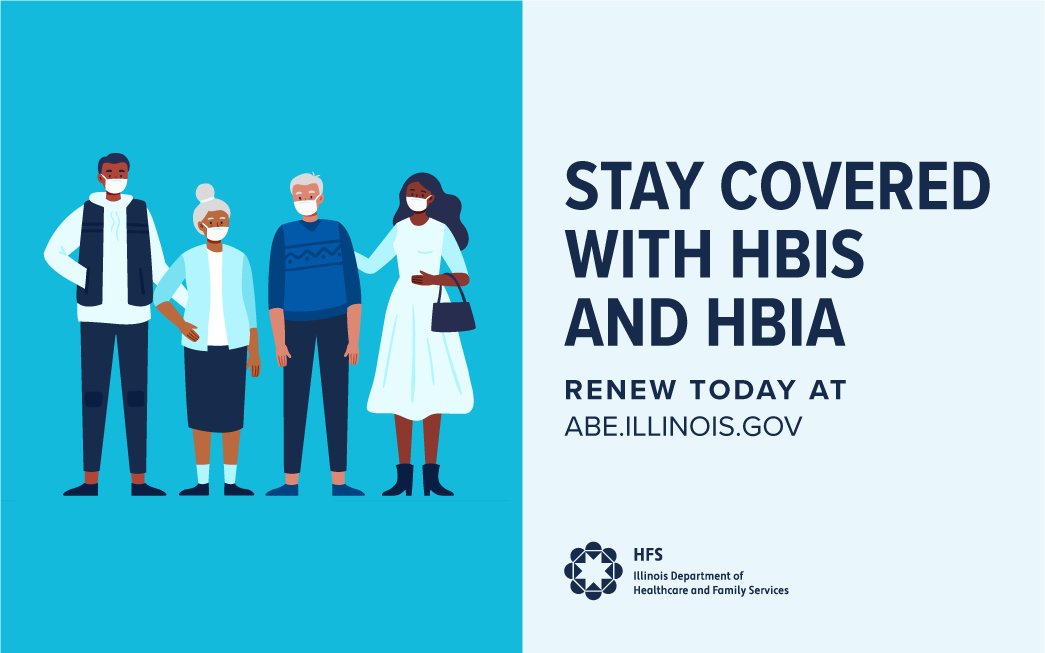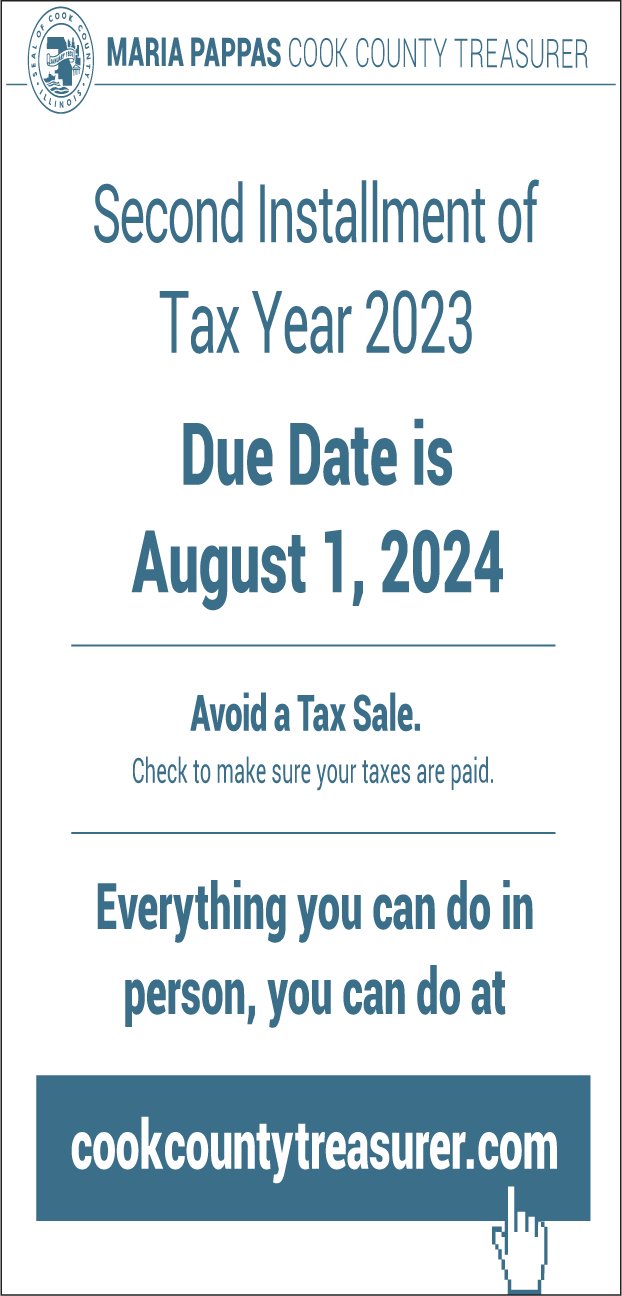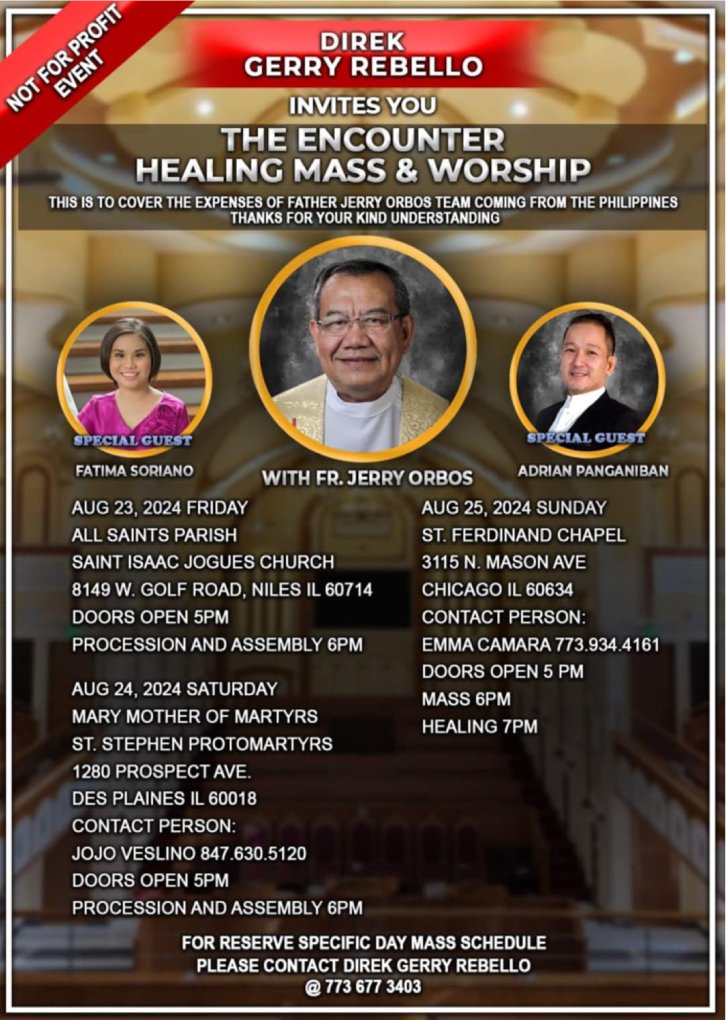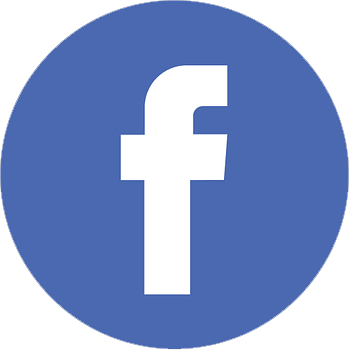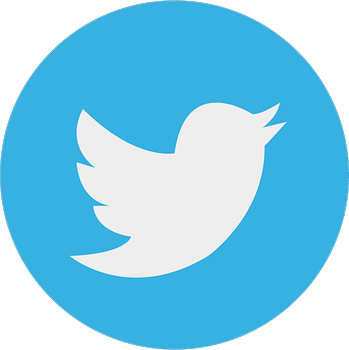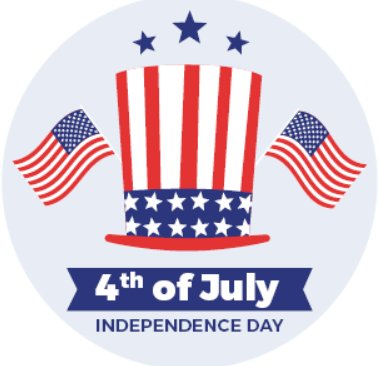
A Mini-Glimpse of the Fourth of July
America just turned 248 years old this Independence Day 2024, with all the fanfare you would expect – fireworks, cookouts, beach days, ceremonies, and more.
But this historical day reminds us why we celebrate Independence Day on July 4 every year, leading us up to knowing that America’s freedom are much more complicated and involved.
Not many of us know (only history buffs) that only John Hancock penned his signature on July 4th. When the other 56 delegates of the Continental Congress, the governing body of what were 13 U.S. colonies, signed is unclear. The document declared that the colonists in America were thereby free from British rule, even though the Revolutionary War was still raging.
See, the Continental Congress declared its freedom from the British Crown on July 2, 1776. On that day, they voted on a resolution that said, “These United Colonies are, and of right ought to be, free and independent States, that they are absolved from all allegiance to the British Crown, and that all political connection between them and the State of Great Britain is, and ought to be, totally dissolved.”
Most of the delegates to the Second Continental Congress signed the document on August 2, 1776. By putting their names on this paper, these men risked losing everything if the British won the American Revolution.
While many parades, bonfires, and the firing of muskets and cannons greeted the document’s public readings on July 8 of that year, the first organized July 4 celebration would take place in 1777 in Philadelphia and Boston.
Thus, by the time of the American Revolution, spectacular displays of fireworks had already become a popular way to celebrate national prosperity and patriotism. So when the United States declared its independence in 1776, John Adams was not prescribing a novel way to celebrate America’s freedom.
On September 9, 1776, the Second Continental Congress adopted a new name for what had been called the “United Colonies.” The moniker United States of America has remained since then as a symbol of freedom and independence.
Britain never ruled all of America. But the British lay claim to the eastern seaboard colonies of North America, 1607 to 1783 (the treaty of Paris that ended the American Revolution.) But they continued to rule much of Canada far beyond that.
In 1801, President Jefferson presides over the first Fourth of July public reception at the White House with many others following during his two terms.
Congress established Independence Day as a holiday in 1870, and in 1938 Congress reaffirmed it as a paid holiday for federal employees. Long live our FREEDOM! Long live America! -By Anonymous Editorialist



